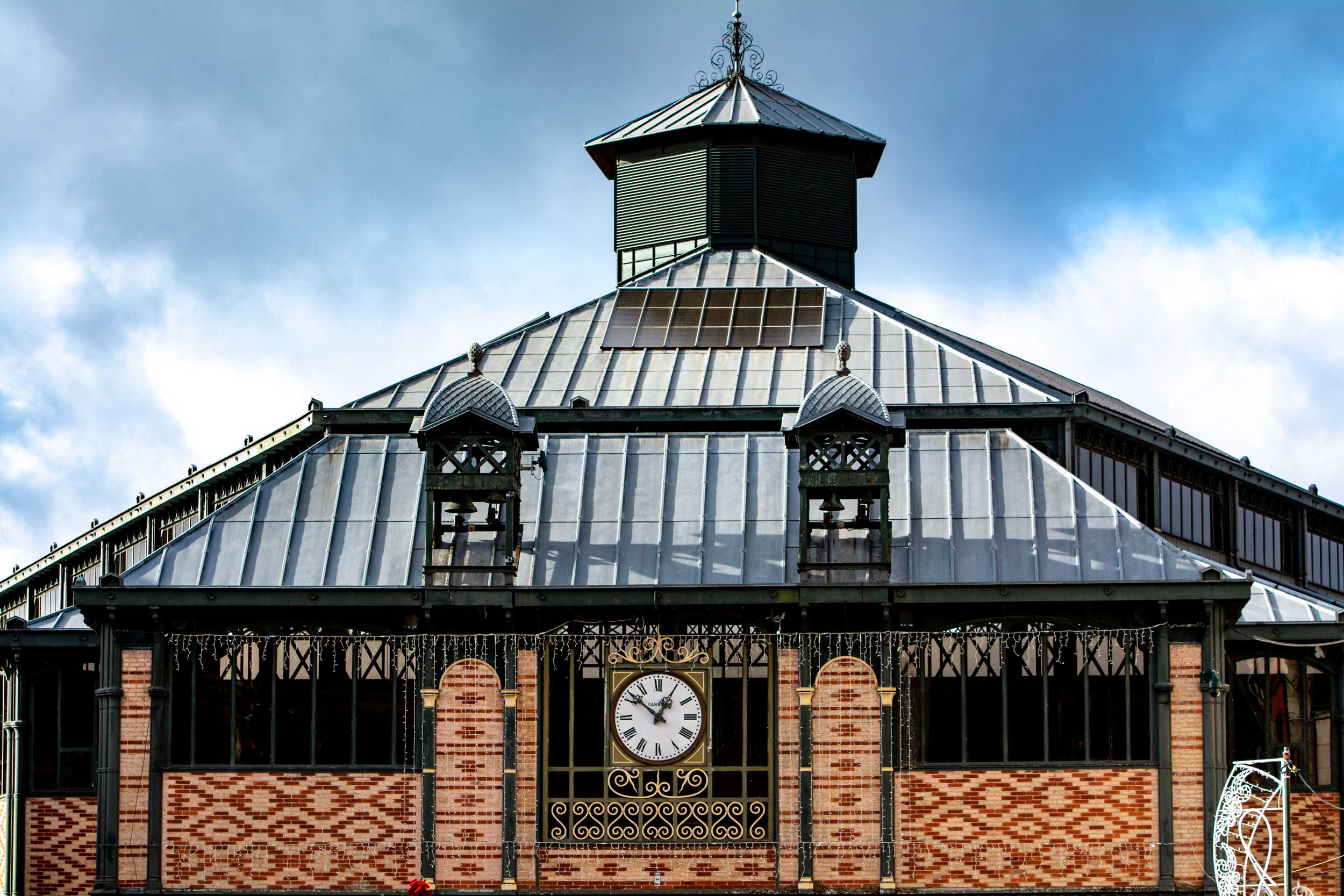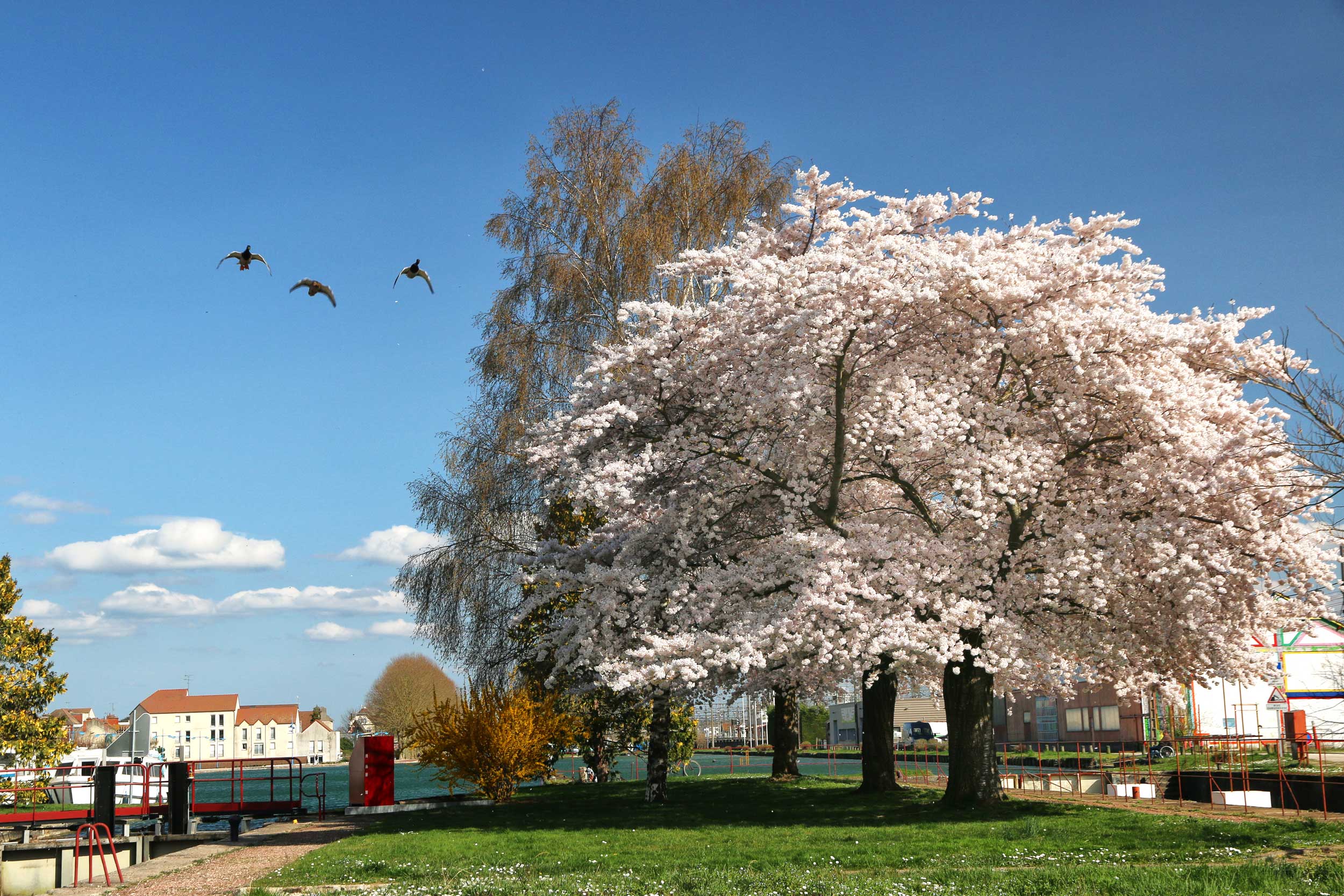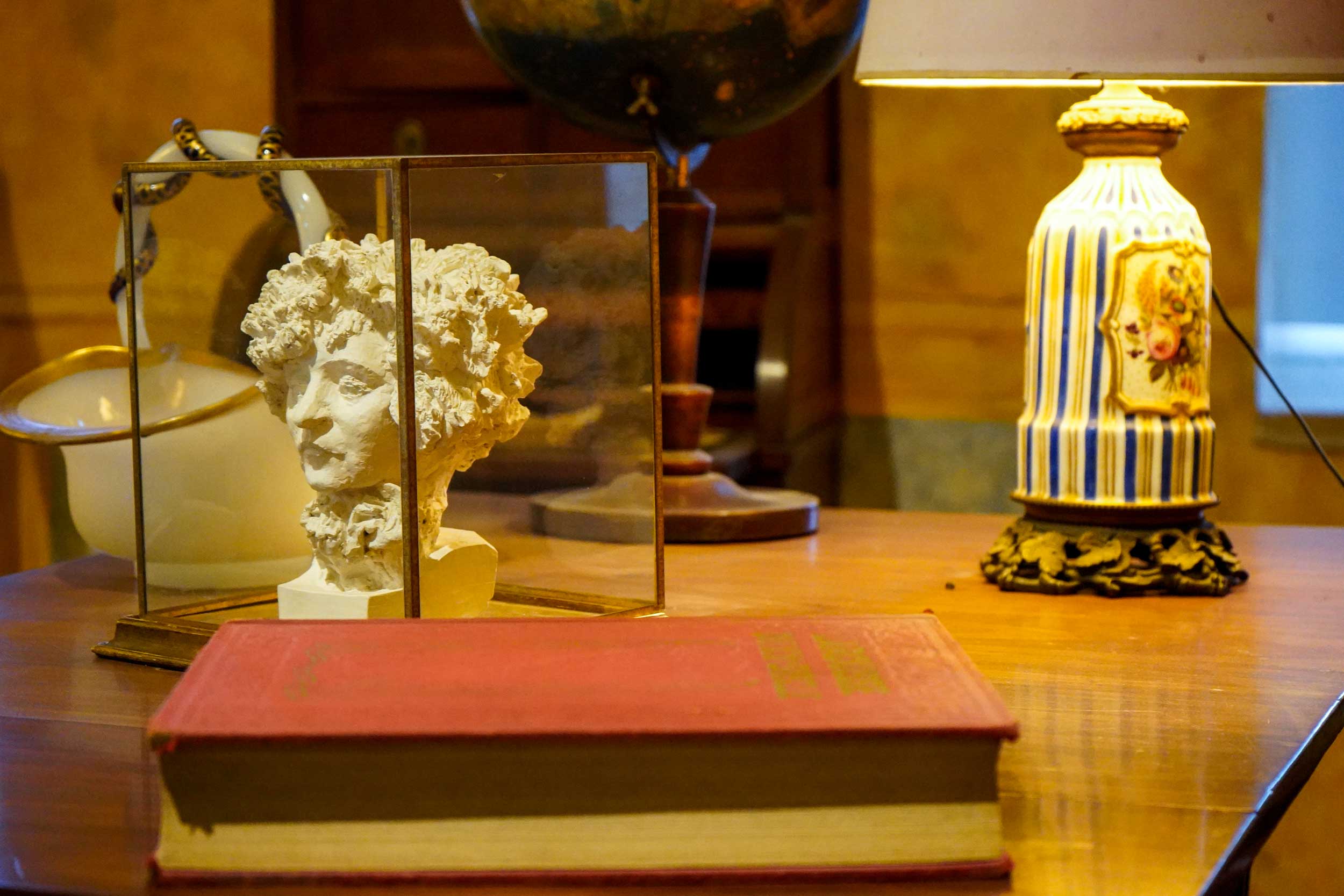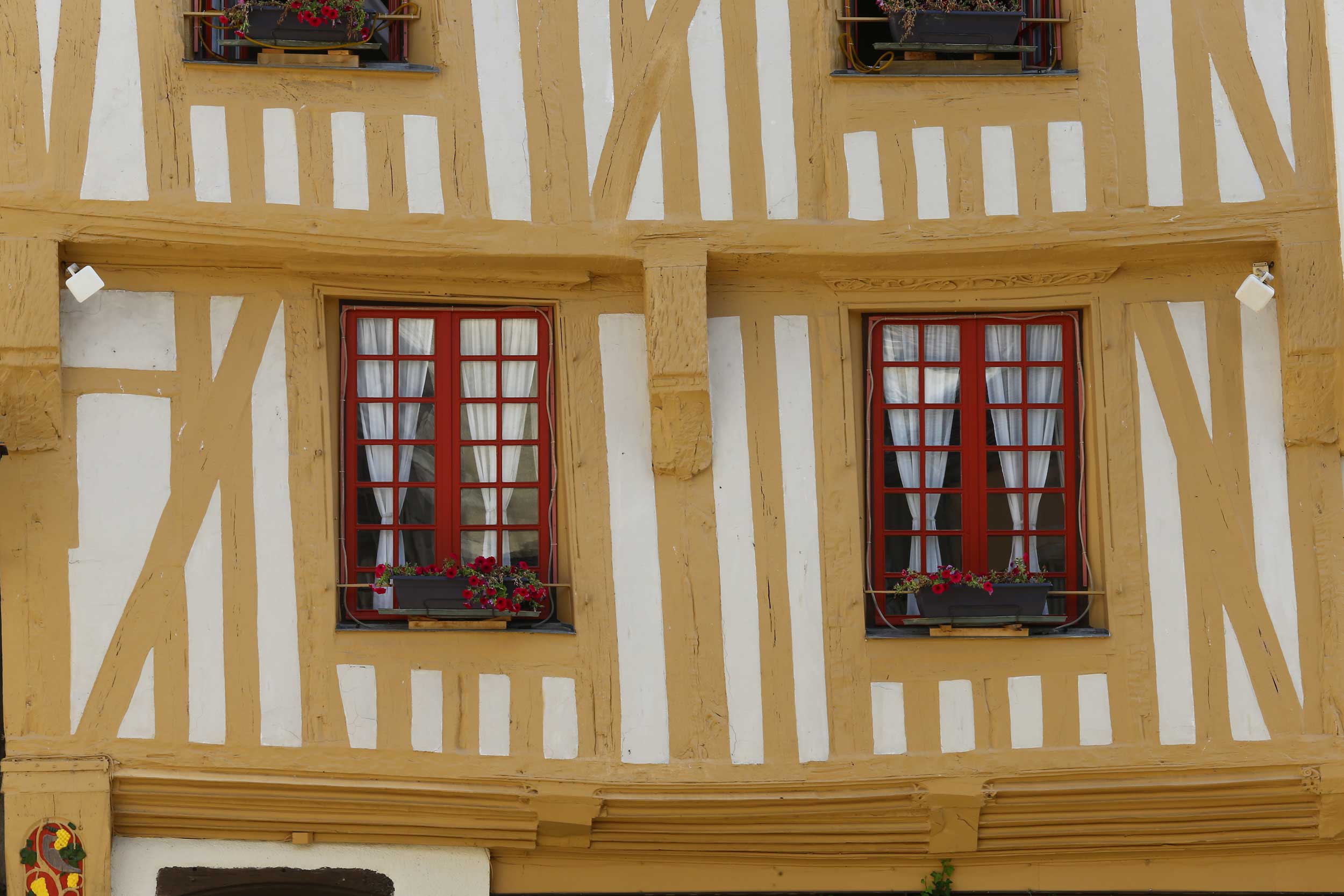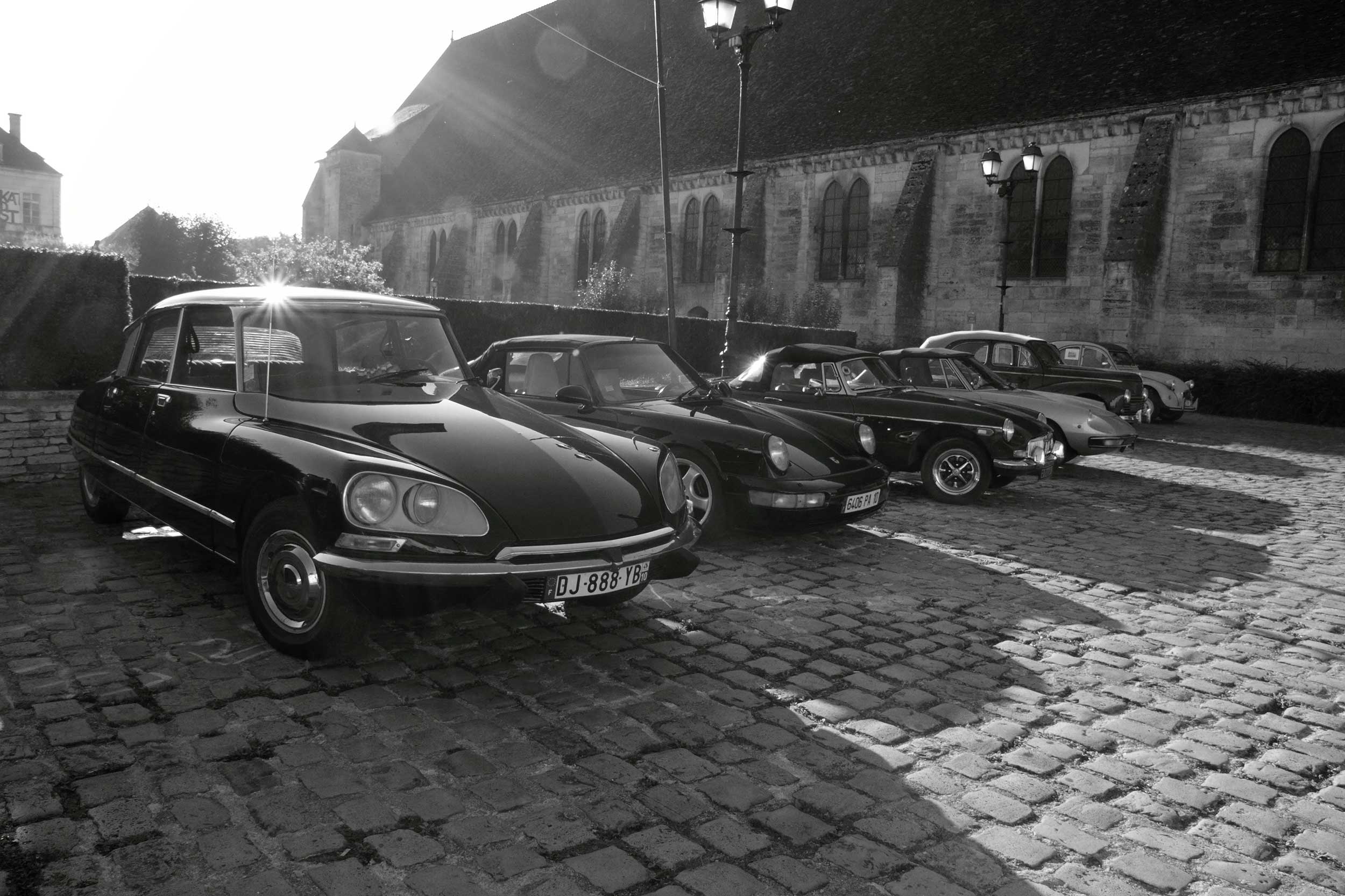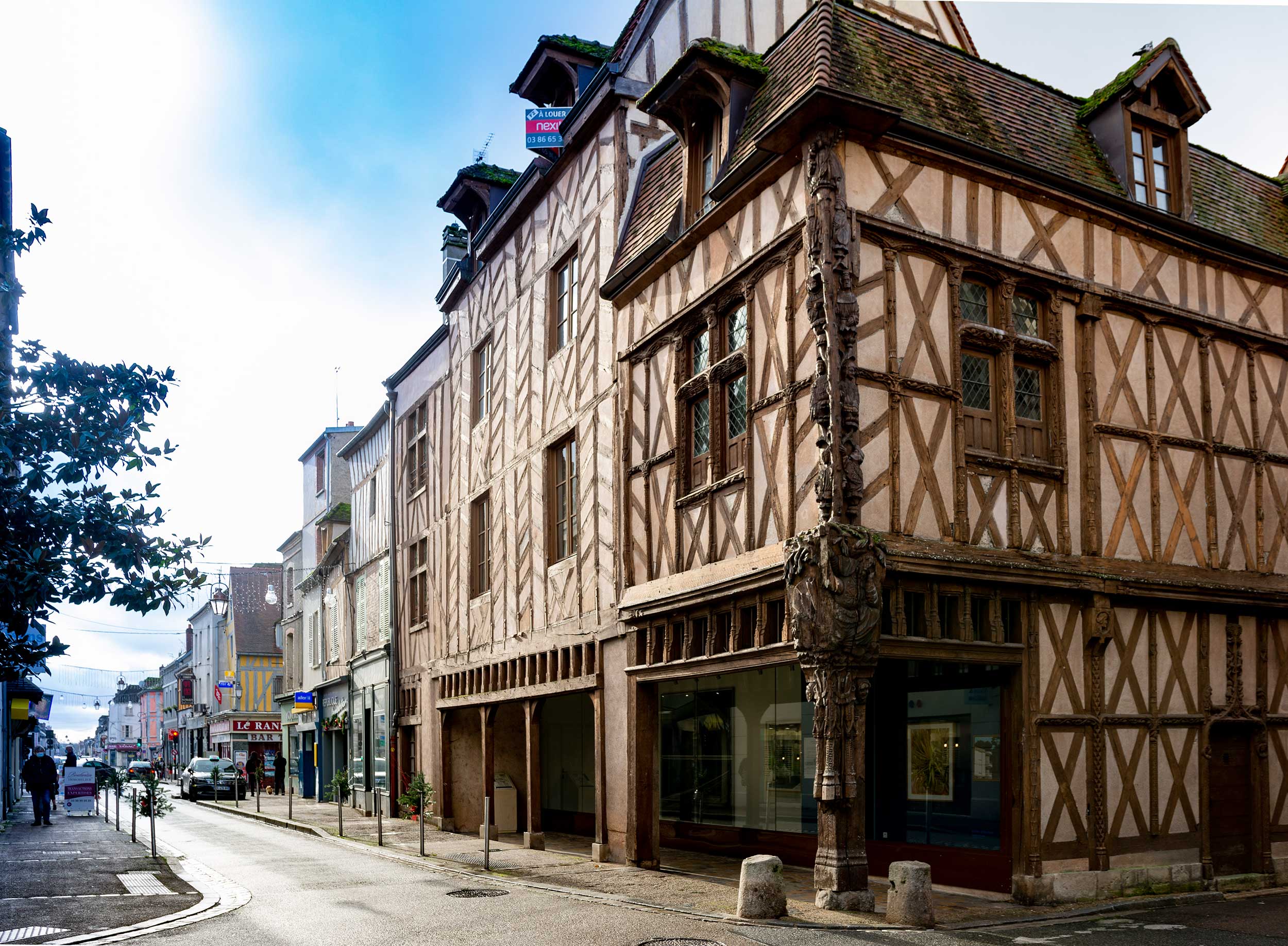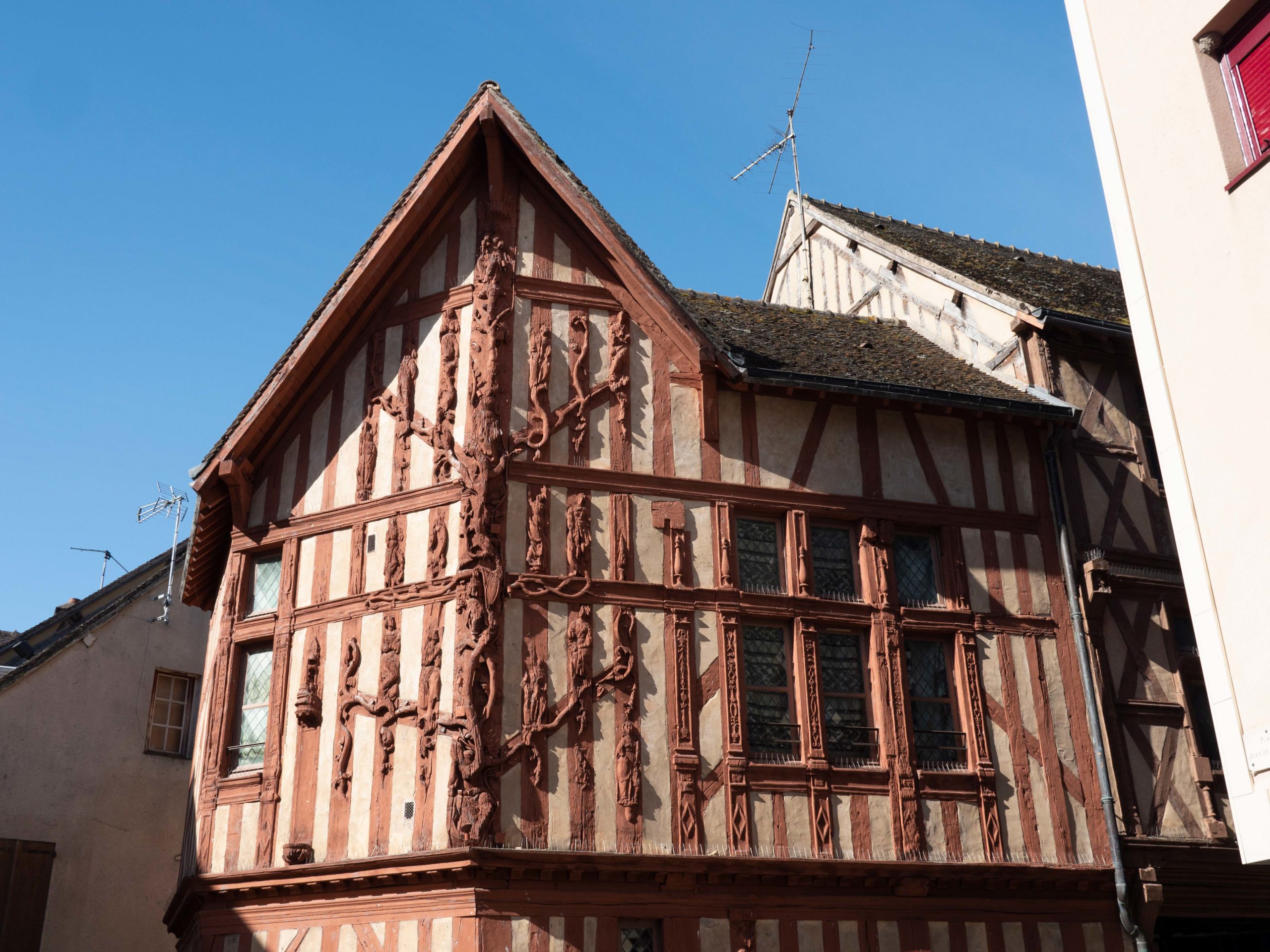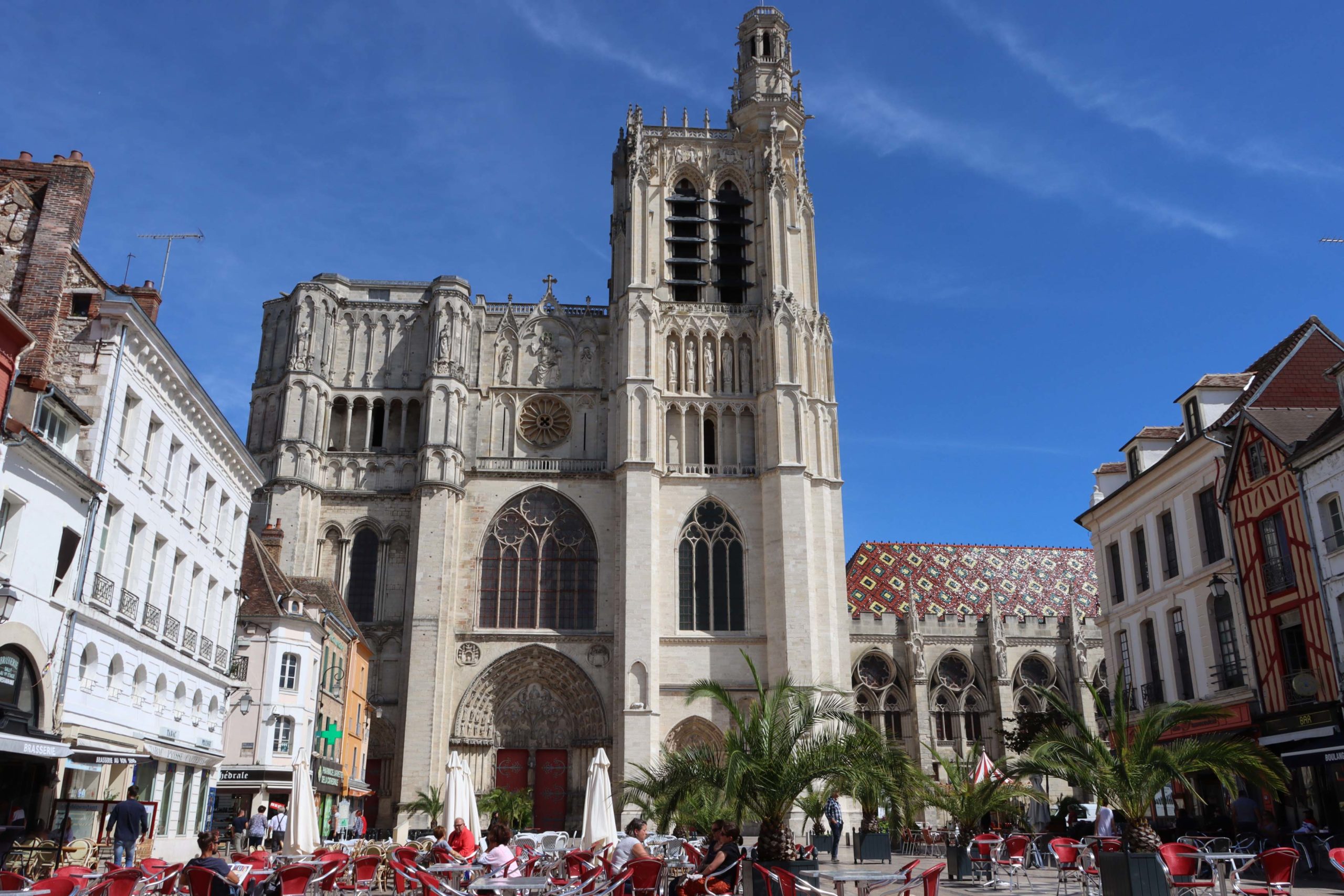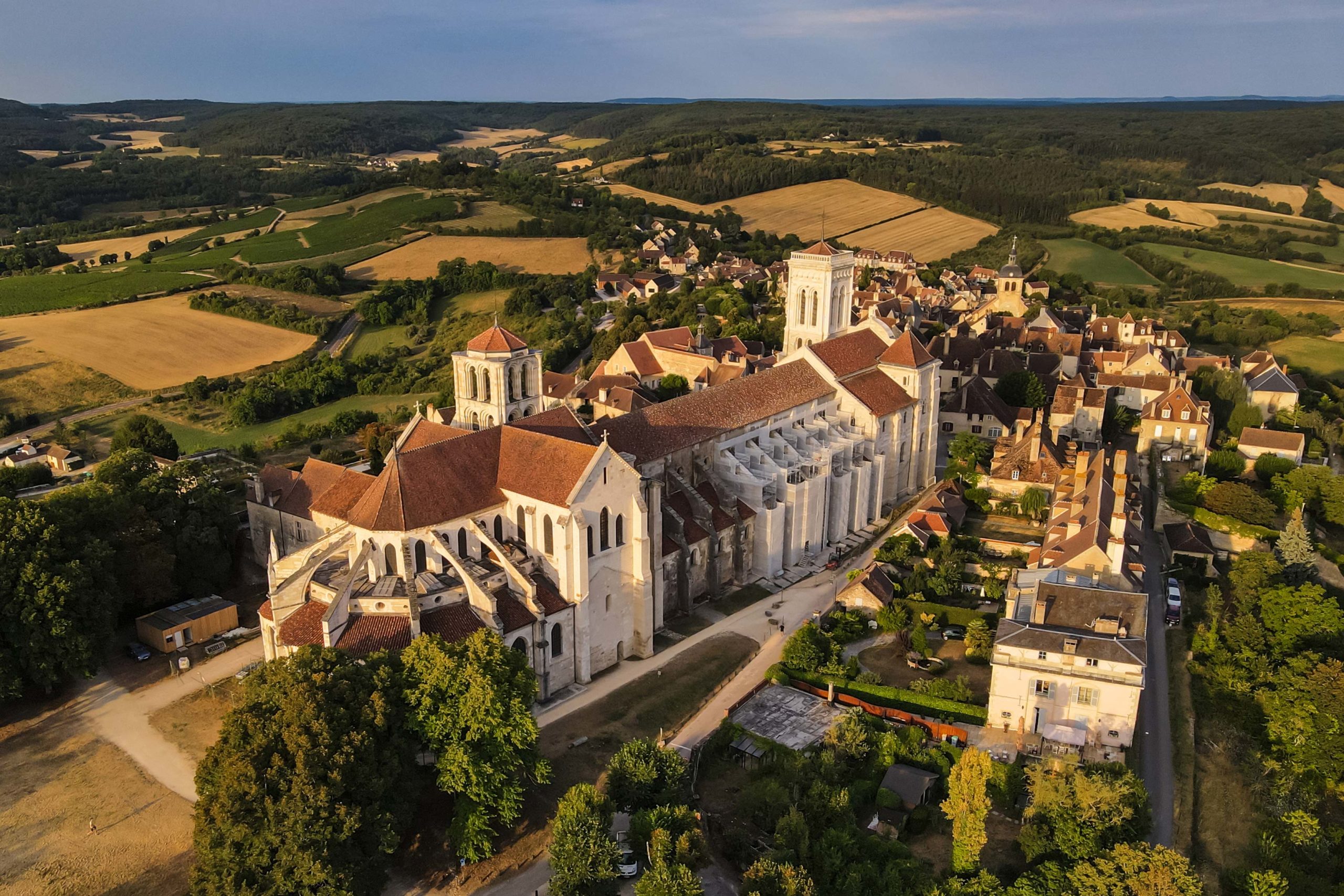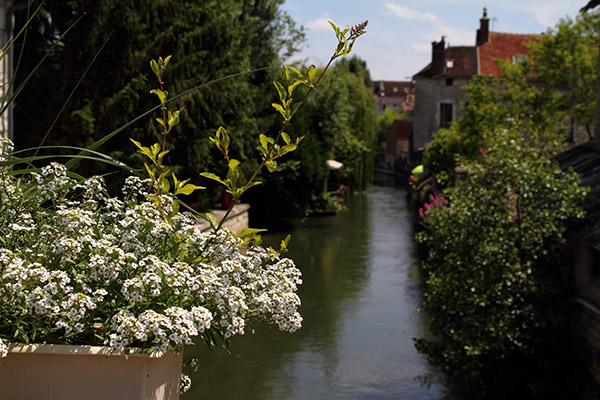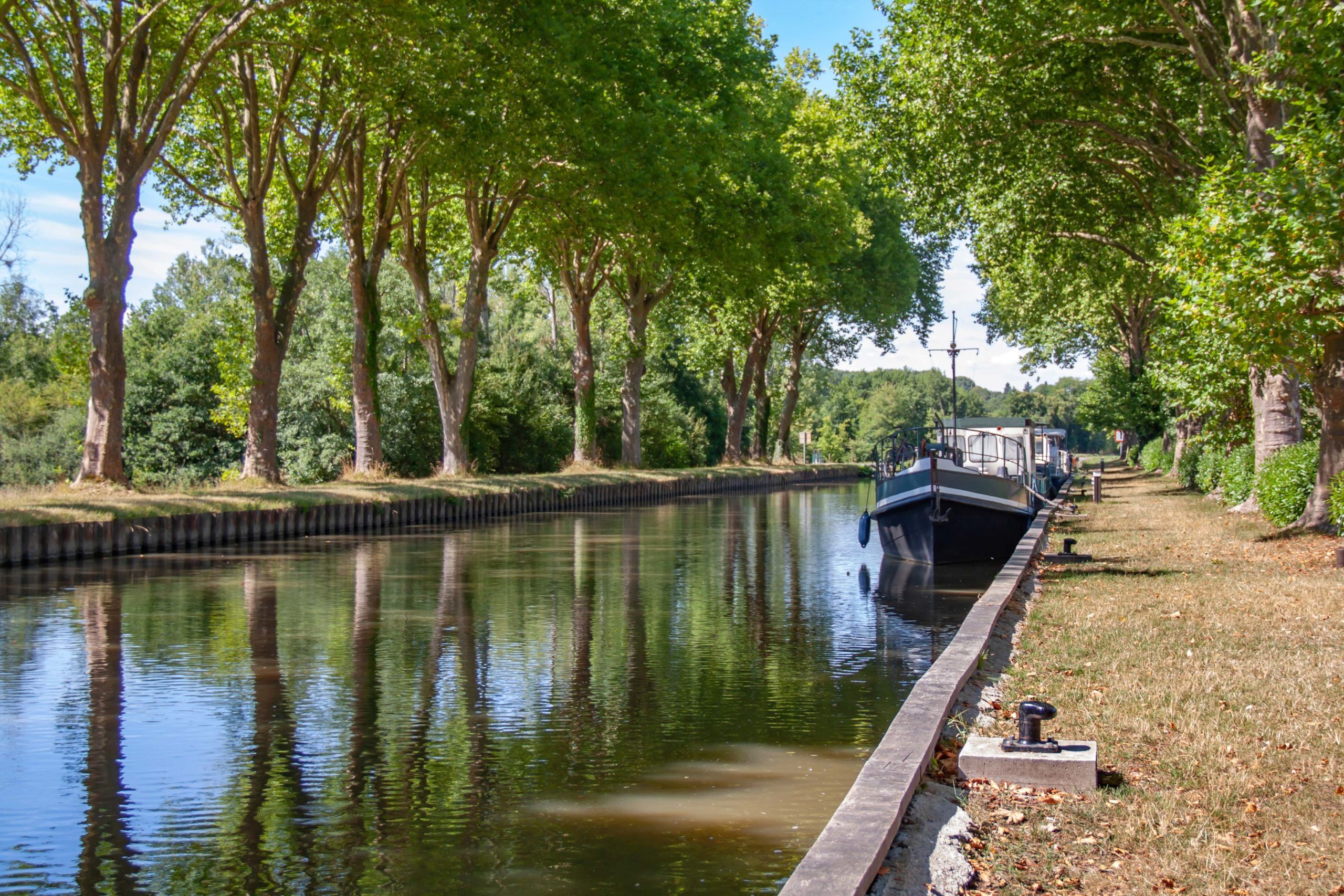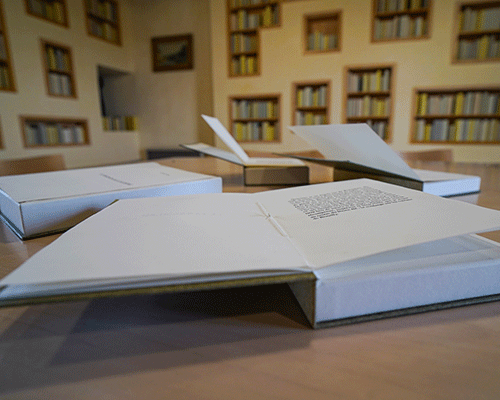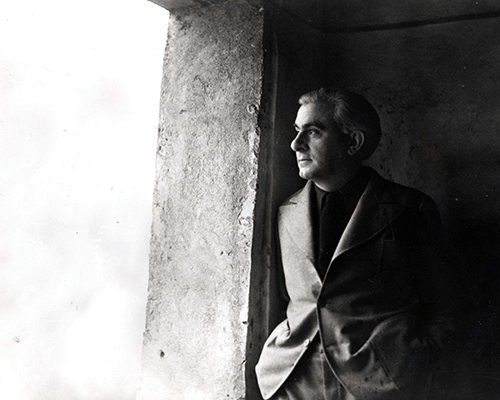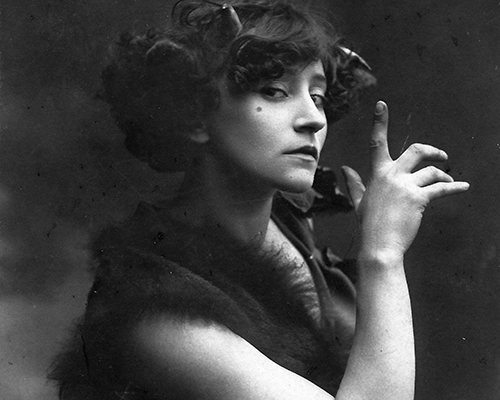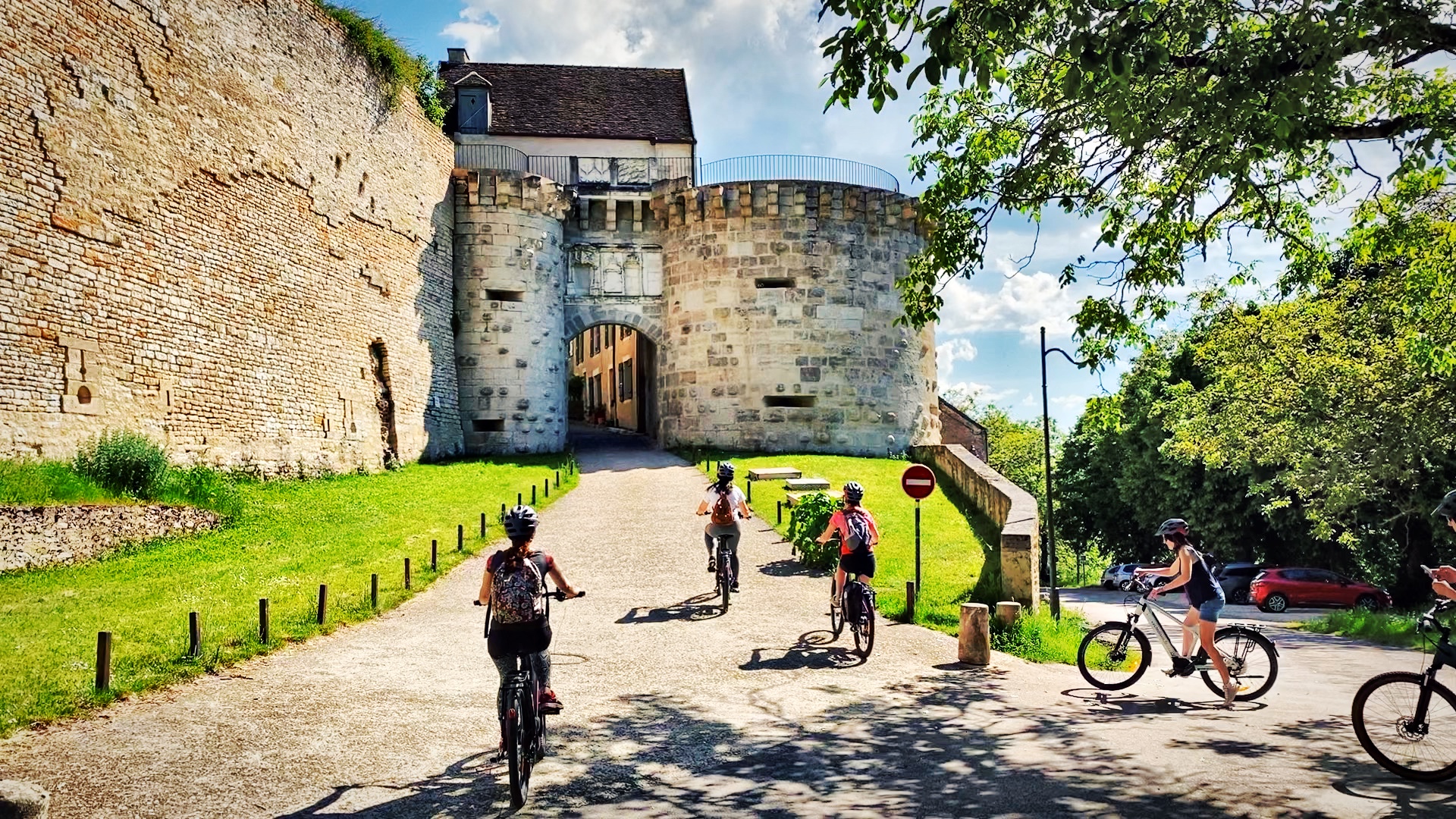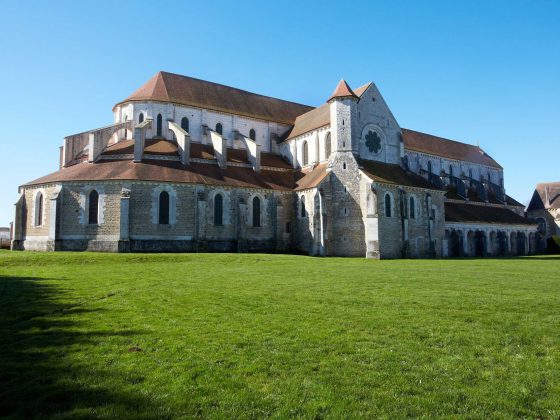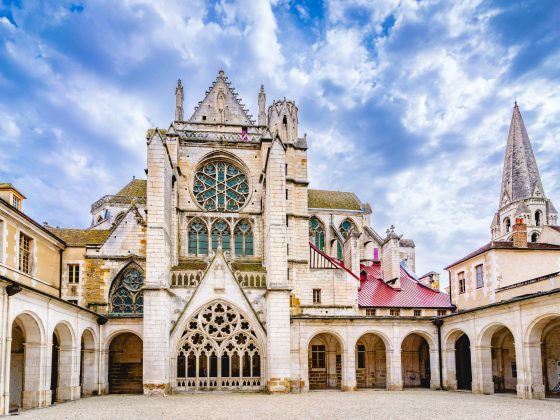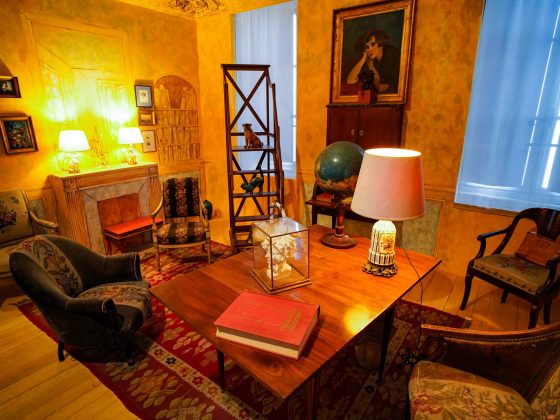The future president of the Republic obtained that every Friday a session in Parliament was devoted to labour and to the condition of workers. If Paul Doumer was an adopted son of Yonne, Jean-Baptiste Bienvenu-Martin on the other hand was a child of Yonne. Under the Third Republic, he was the greatest figure of the Department. Born in Saint-Bris-le-Vineux in 1947, Bienvenu-Martin was successively deputy, senator, Minister of Public Education, Minister of Justice, Minister of Labour and Social Welfare, while holding the Presidency of the Departmental Council of Yonne from 1910 to 1940.
Homeland of artists and intellectuals
During the XIXth century, leading intellectual personalities were born in Yonne. Pierre Larousse was born in Toucy in 1817, the writer and president of the Goncourt Academy, Colette was born in Saint-Sauveur en Puisaye in 1873, the poet Marie Noël was born in 1883 in Auxerre.
In the following century, in 1902, Marcel Aymé was born in Joigny.
In 1910, journalist Paul Desjardins chose the Cistercian Abbey of Pontigny for his « Décades de Pontigny »– an event that brought together intellectuals to discuss literary, philosophical and religious topics. André Gide, François Mauriac, Antoine de Saint-Exupéry, André Malraux, Raymond Aron, Jean Paul Sartre, Paul Valéry and the British writer Herbert George Wells came for ten days each year from 1910 to 1914 and from 1922 to 1939.
Other famous people chose Yonne to find the calm and serenity needed for inspiration, such as the composer Claude Debussy who settled in Villeneuve-la-Guyard in 1901. Romain Rolland, 1915 Nobel Prize in Literature, settled in Vézelay in 1938.
Ever since Yonne has been attracting men of letters and culture. The art critic and founder of the magazine Cahiers d’Art, Christian Zervos lived in Vézelay. When he died, he bequeathed to the City of Vézelay his collection of works by Pablo Picasso, Max Ernst, Vailli Kandisky, Jean Hélion, Alexandre Calder and Joan Miro. The Department was entrusted with this impressive modern art collection and the Zervos Museum was created in the house of Romain Rolland. The writer and winner of the Renaudot Prize in 1946, Jules Roy also settled in 1978 in Vézelay – next to the Basilica – where he lived until his death in 2000.

